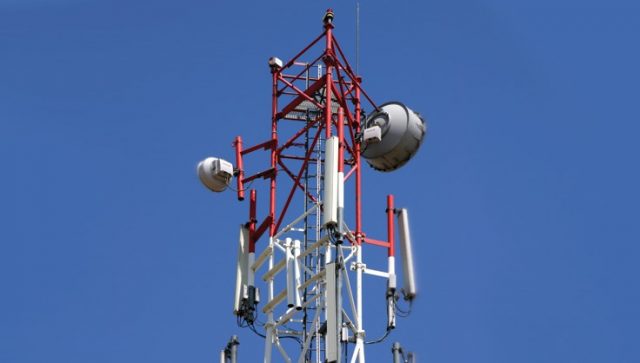American Tower Corporation said turbulence in Indian telecom operator will have a major impact on its revenue in coming quarters.
American Tower said certain wireless carriers in India are in the process of merging their operations or exiting the marketplace. America Tower’s operational and financial results during the first quarter of 2018 were impacted due to cancellation of business driven by this carrier consolidation process in India.
Reliance Communications recently announced its decision to shut down telecom business. Aircel, a telecom operator owned by Maxis, announced bankruptcy sending shockwaves to telecom investors. Tata Teleservices’ mobile business will be owned by Bharti Airtel, India’s leading telecom operator.
Earlier, Wipro, an IT service provider, said its fourth quarter revenue was impacted by the financial troubles at Aircel.
 American Tower posted 7.8 percent increase in revenue to $1.742 million with 8.8 percent drop in net income to $280 million in the first quarter of 2018.
American Tower posted 7.8 percent increase in revenue to $1.742 million with 8.8 percent drop in net income to $280 million in the first quarter of 2018.
The global telecom tower company said the drop in net income reflects an impairment charge of $147 million, primarily related to telecom tower assets in India, partially offset by an income tax benefit in India, both recorded in Q1 2018.
“The strong demand we experienced in late 2017 for our telecom real estate accelerated in the U.S. as well as in our Latin America and EMEA regions in the first quarter of 2018,” Jim Taiclet, chief executive officer of American Tower, said.
Network investment initiatives announced by the major U.S. wireless carriers, coupled with aggressive network deployments in key markets such as Mexico and Brazil, enabled American Tower to drive consolidated AFFO per Share growth of nearly 10 percent in the first quarter.
“We remain confident that our U.S. macro tower business, complemented by our franchise small cell installations, extensive international portfolio and emerging innovation initiatives will continue to drive strong growth and attractive total returns for many years to come,” Jim Taiclet said.
American Tower’s capital expenditures (Capex) were $206 million including $36 million for non-discretionary capital improvements and corporate capital expenditures.
American Tower spent approximately $673 million to acquire nearly 10,600 sites primarily in international markets, including approximately 10,200 sites in India as part of its transaction with Vodafone India.
American Tower’s transaction with Idea Cellular in India is expected to close in the second quarter of 2018.
Lower revenue outlook
American Tower said it is reducing the midpoint of its full year 2018 outlook for property revenue, net income, and Adjusted EBITDA by $60 million, $45 million and $35 million, respectively – due to India business.
The bankruptcy of Aircel will more than offset increased expectations for Organic Tenant Billings Growth in its U.S., Latin America and EMEA segments.
American Tower is raising the midpoint of its 2018 revenue outlook for Consolidated AFFO by $20 million, as the impacts will be more than offset by lower cash taxes, interest expense and capital improvement capital expenditures, along with higher expectations for interest income.





